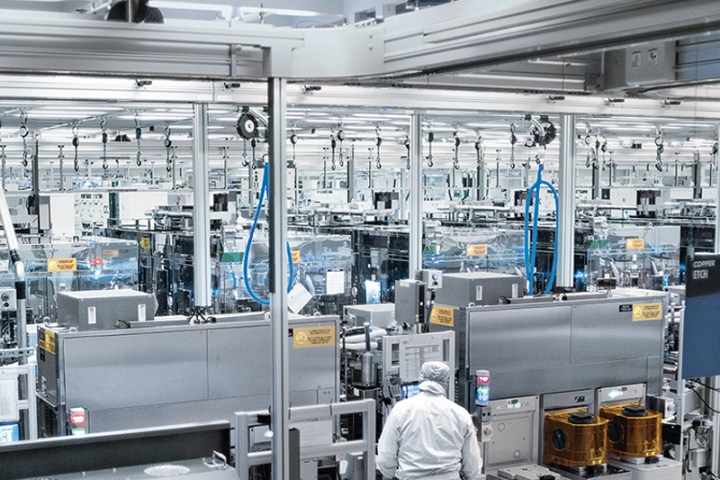
Right now, ARM-based mobile processor makers depend on foundries provided by TSMC and Samsung to generate their chips. But with Intel entering the ARM processor foundry game, a third option will become available while generating a nice chunk of change for Intel in the process. However, Intel’s foundry will provide licensed customers with access to ARM’s off-the-shelf Artisian physical IP, including POP IP, and likely won’t support ARM licensees who use customized ARM core technology in their mobile processors.
“Optimizing this technology for Intel’s 10nm process means that foundry customers can take advantage of the IP to achieve best-in-class PPA (power, performance, area) for power-efficient, high-performance implementations of their designs for mobile, IoT and other consumer applications,” Ball said on Tuesday.
While that may sound like a lot of mumbo-jumbo, consider Physical IP as an actual, physical processor core layout owned by ARM. There are four layouts that fall under the Artisian brand spanning the mainstream platform, the performance platform, the low-power platform, and high-speed connectivity for memory, storage drives, and PCI-express cards.
That said, ARM owns several processor core designs. In turn, mobile chip makers use these cores in their overall mobile processor (system-on-chip or SoC) designs, which are thus manufactured at a foundry. The smaller and closer the components the foundry can make them the better, allowing mobile processor makers to throw even more features into their solutions than a chip of the same physical size using components on a larger scale.
As for ARM’s POP IP, that’s short for its Processor Optimization Pack intellectual property first used in its Cortex A9 processor core design back in 2010. This pack essentially allows mobile chip designers using ARM-based processor cores to maximize the chip’s performance, or utilize the least amount of power. Mobile chip designers can also use this pack to create a balanced solution ideal for their specific application.
“The value of POP technology for an ARM core on the Intel 10nm process is tremendous, as it will allow for quicker knowledge transfer, enabling customers to lower their risk in implementing the most advanced ARM cores on Intel’s leading-edge process technology,” added ARM’s Will Abbey in a separate announcement.
Abbey added that ARM’s POP technology will allow processor makers to accelerate the tape-outs of their designs, meaning the process of finalizing a mobile chip’s design will be faster. The POP IP offered through Intel’s foundry will be made available for two ARM Cortex-A processor cores making their debut in the near future. These cores can be used in stand-alone configurations, or in a big-LITTLE layout where one core does the basic work and the other kicks in during high usage, like playing games.
Finally, Intel said that LG Electronics will create a mobile platform based on Intel Custom Foundry’s 10nm design platform in the near future, so stay tuned for that.
Editors' Recommendations
- Intel is killing the nanometer, and good riddance
- Intel’s long, painful struggle with 10nm production may finally be over


